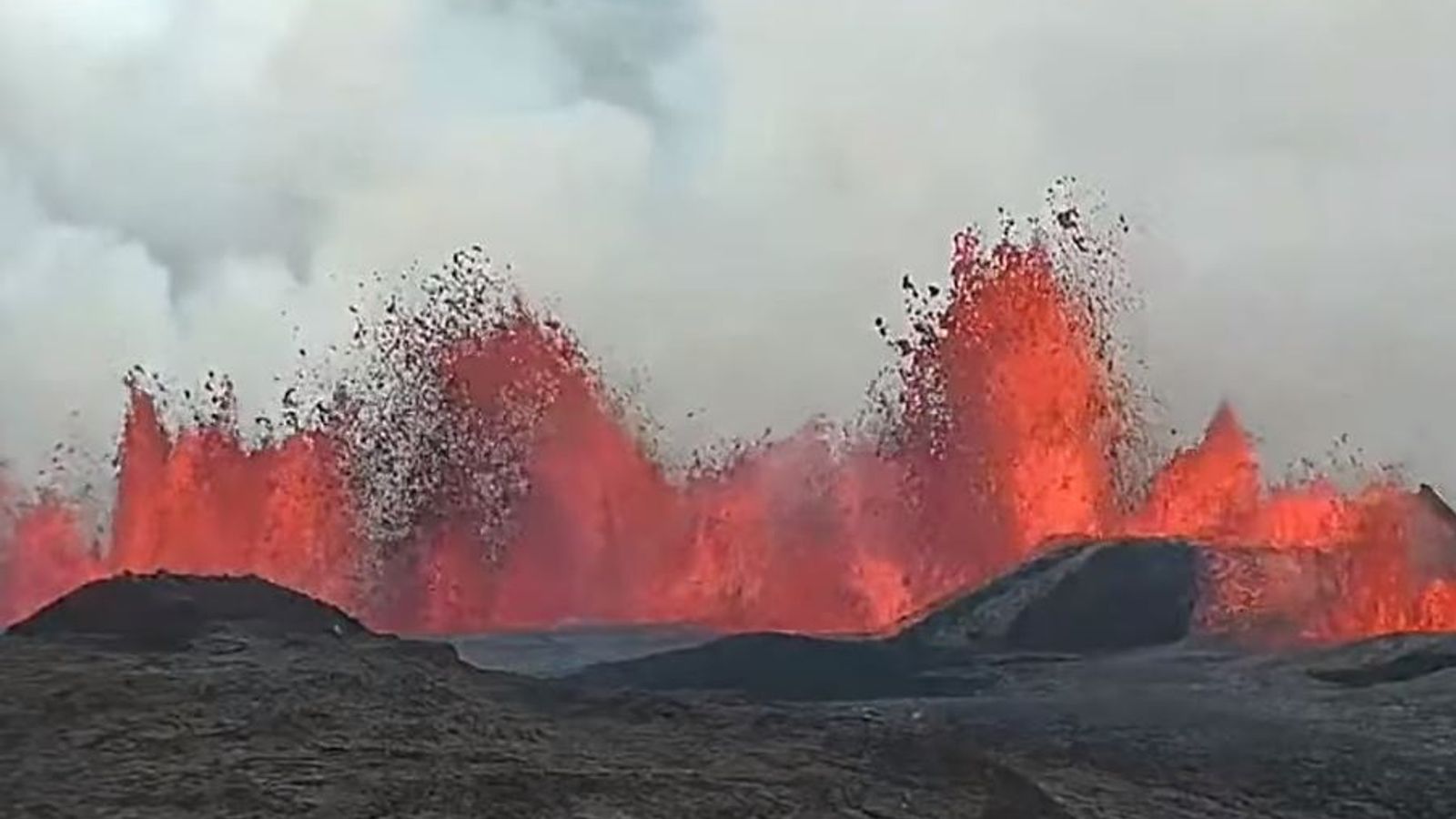A volcano in Iceland has once again erupted, sending plumes of ash and lava into the sky. The eruption, which occurred in the Geldingadalur valley near the capital city of Reykjavik, is the second in just a few weeks.
The volcano, known as Fagradalsfjall, first erupted on March 19 after lying dormant for nearly 6,000 years. The initial eruption attracted thousands of visitors who flocked to the site to witness the spectacle of nature’s power.
Now, just weeks later, the volcano has erupted again, creating a stunning display of molten lava flowing down the mountainside. The eruption has been described as relatively small and contained, posing no immediate threat to nearby communities.
Authorities have urged visitors to be cautious and to follow safety guidelines when visiting the eruption site. The Icelandic Meteorological Office has set up a live stream of the eruption, allowing people from around the world to watch the event unfold in real time.
The eruption serves as a reminder of the volatile nature of Iceland’s geology, where volcanic activity is a constant presence. The country is located on the Mid-Atlantic Ridge, a tectonic plate boundary where the North American and Eurasian plates are pulling apart, causing magma to rise to the surface.
While the eruption of Fagradalsfjall is not expected to cause any major disruptions, it is a powerful reminder of the forces that shape our planet. Watching the live stream of the eruption is a mesmerizing experience, showcasing the raw beauty and power of nature in action.
As the eruption continues to unfold, scientists will be closely monitoring the volcano to track its activity and ensure the safety of nearby residents. For now, the world can watch in awe as the volcano in Iceland puts on a spectacular show of fire and lava.
